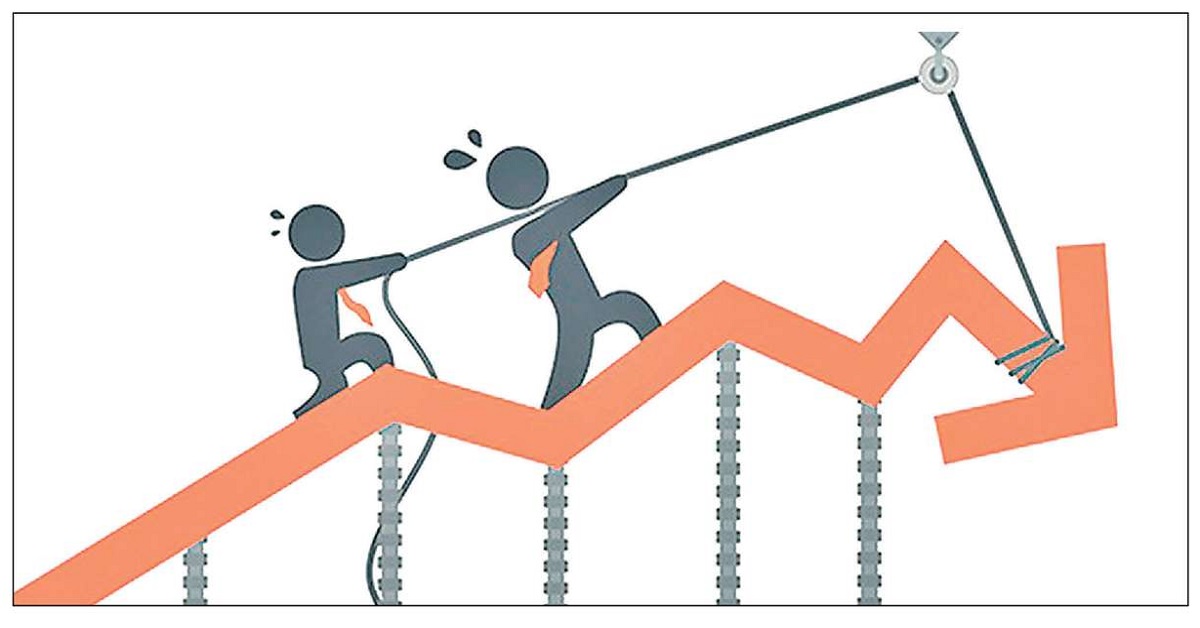
Untangling the Trade Deficit
In August this year, trade treaty review committees of Nepal and India sat down together in New Delhi to comprehensively review the Nepal-India Trade Treaty. The bilateral treaty was last revised back in October 2009. The main agenda of the meeting was to discuss ways on how the two countries could narrow down Nepal's increasing trade deficit with India. Other issues put forth by the Nepal committee in the meeting were: the simplification of rules of origin criteria and quarantine, removal of tariff barriers and quantitative restrictions on Nepal's export, an increase of Indian investment, removal of reciprocity, and control of unauthorized trade. Moreover, Nepal also requested India's assistance in upgrading its technical capacity for testing the quality of goods it imports; and demanded that additional tax that is being imposed by India on Nepali exportable goods, such as cotton thread and vegetable oil, be lifted.
Two country comparison There is no doubt that the widening trade imbalance between Nepal and India is pushing Nepal's economy towards crisis. Nepal's import rates are increasing steeply and export trends diminishing rapidly. If we compare our trade numbers with another South Asian country, say Afghanistan—a war-torn, land-locked, more populated country—we can see how dire our trade position really is. For example, only last year, Nepal imported around US$ 12 billion worth of goods, while Afghanistan imported $7.1 billion of goods. Nepal's exports totaled $800 million, while Afghanistan's came to be $665 million. These numbers meant that Nepal's total trade deficit crossed the $11.5 billion mark, while Afghanistan's trade deficit crossed only $6.5 billion. One could argue that Afghanistan's huge gas reserves help narrow down its trade deficit; however, Nepal to has huge in hydropower resources that could help narrow down its trade imbalances. It is another matter that it has been unsuccessful in producing enough electricity to make the country energy sufficient, let alone create enough for export purposes.
Economic conflicts Global trade has entered a new phase of ta rade war. Today, economic conflicts arise from extreme protectionism. The trade war between the US and China is one such example of extreme protectionism Sixty percent of Nepal's trade is dependent on India. The trade deficit with India alone is around $8 billion. Nepal is obliged to import essential items—such as petroleum products, medicines, and consuma-bles—only from neighboring India, as it cannot import the same volume from other countries. This dependence is dangerous for a poor country like Nepal. Nepal is dependent on the export of primary commodities, the prices of which are immediately lowered in the international market, for import-
To lessen the trade deficit, the government should also encourage the export of processed products instead of exporting unprocessed items ing countries impose tariff and non-tariff barriers on our exports. Indian products have no trouble entering Nepal, but exporting Nepali products to India is not easy, as India has many protectionist policies. As a result of Indian protection policy and biased trade treaties between the two countries, many export-oriented large industries in Nepal either get shut down by quantitative restrictions or repeatedly have to face unfair tariff, even non-tariff, barriers in India. According to the World Trade Organization (WTO), Nepal can export goods with 25 percent value addition if the goods manufactured contain at least 75 percent of its raw material from India. However, the mandate set by the WTO is only 30 percent. Moreover, India—as a signatory of WTO trade agreements also cannot enforce the quota system in the present context, which it has imposed on some Nepali items.
The road ahead In order for Nepal to compete with its giant neighbours to narrow down trade imbalances, the government has to revise its policies on import revenue and its non-protective policies towards domestic industries for they are major impediments for the country's export and import substitution. Thus, Nepal urgently needs to prioritize and shift its policy from exporting existing traditional items to exporting high-potential goods that have competitive advantages. Nepal must also lessen import tariffs on raw materials, intermediate goods and capital goods that are directly associated with production. Due to the high tariff that is present in raw materials, industries prefer to import finished products rather than raw materials. Based on a report by the World Bank this provision of tariff elimination could shrink the import tax level by up to 18 7 percent, and this deficit could be partially fulfilled by income tax and value-added taxes. To lessen the trade deficit, the government should also encourage the export of processed products instead of exporting unprocessed items and it should discourage the import of finished agro products like rice, flour, and edible oil, among others. Nepal must protect its domestic industries through tariff and non-tariff barriers by imposing anti-dumping duty tax, quantitative restrictions on the import of cheap items goods and self-reliant items. In the recent bilateral trade treaty meeting, Nepal also initiated the idea of bringing investments from India by inviting investors to collaborate in joint investments with Nepali counterparts. The Nepal team also proposed that Indian companies establish industrial plants in Nepal, and import those products in high volumes. If all the plans laid outcome to fruition, the trade deficit between Nepal and India could be lessened. But without being building stronger, more stable and self-sufficient policies, Nepal cannot balance its trade transactions with India. International trade cannot be performed only by sentiments and liberal import policies.
Author: HARI PRASAD SHRESTHA
Shrestha is a former under-secretary at the Ministry of Finance.
(This article also published on The Kathmandu Post)




